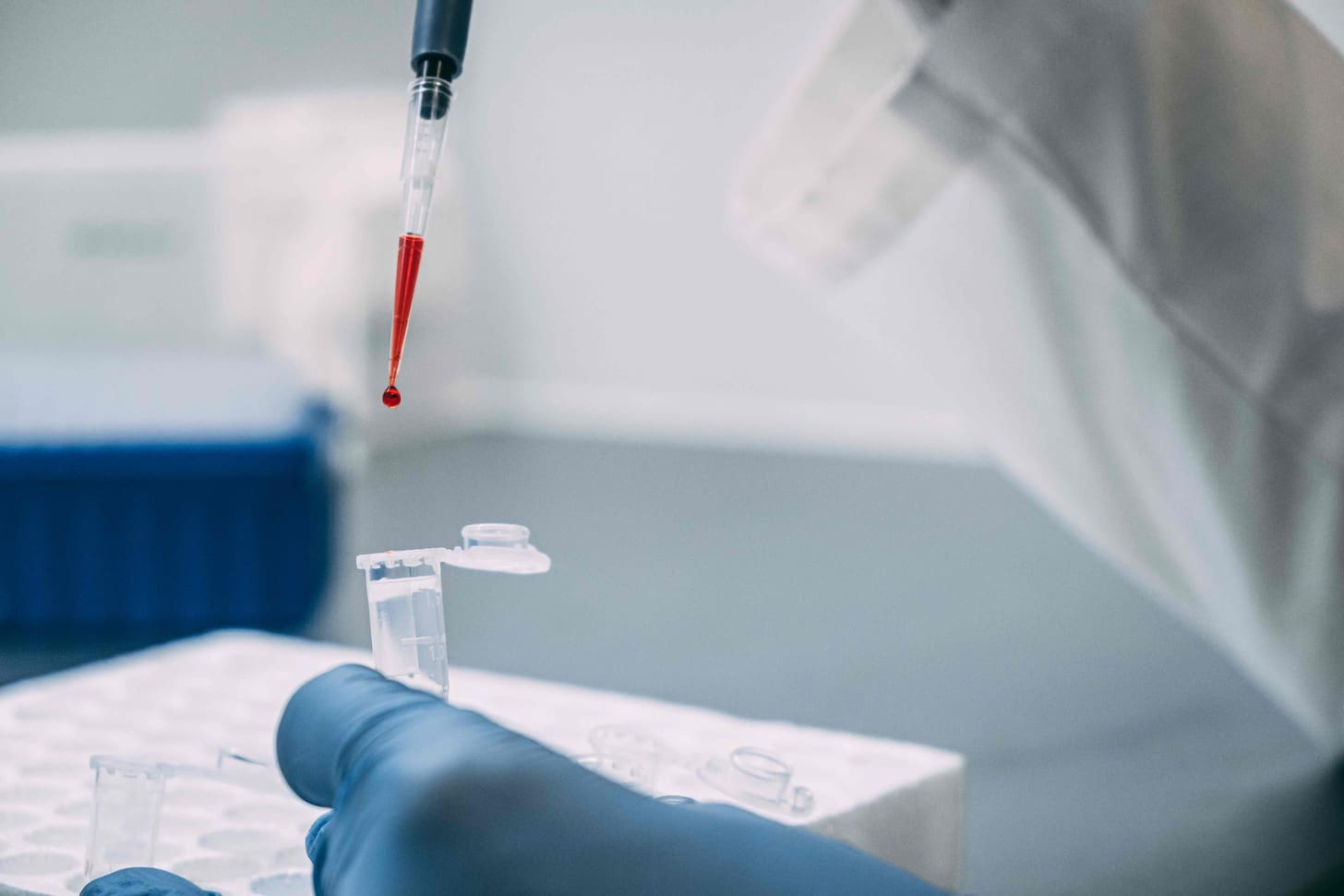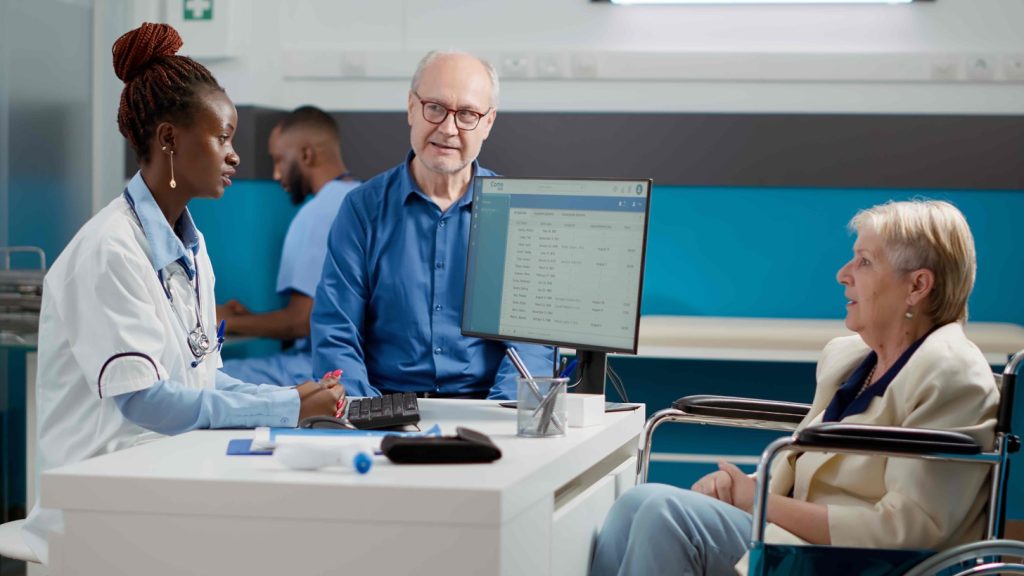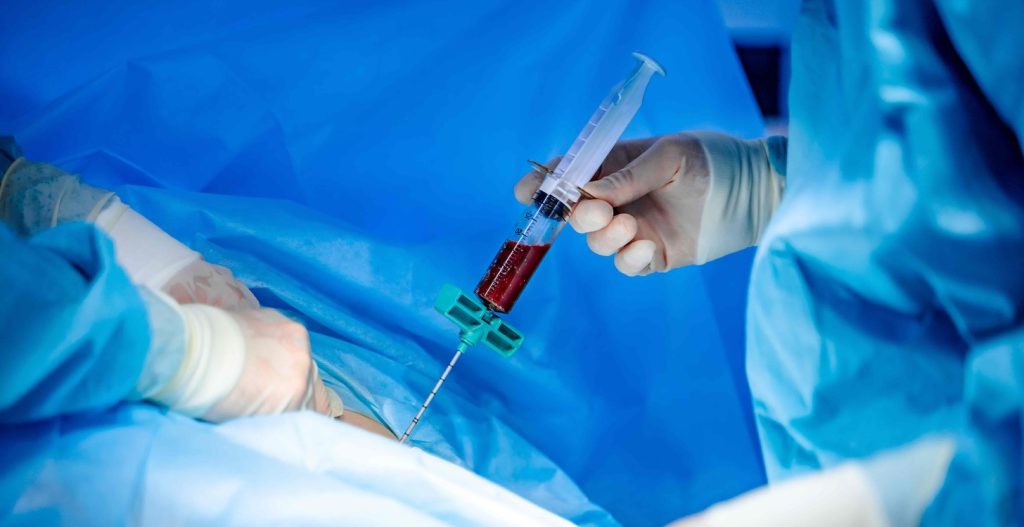
For those with multiple myeloma, autologous stem cell transplant can be a game-changer. This method collects a patient’s own stem cells. These cells are then stored and put back after high-dose chemo to fix bone marrow. At Liv Hospital, we focus on the patient, giving full support during treatment.
Recent studies highlight the importance of autologous stem cell transplant for multiple myeloma. It offers better results for those who can get it. Knowing the basics about this treatment helps patients make better choices for their care.

Multiple myeloma is a blood cancer where bad plasma cells grow in the bone marrow. This growth stops normal blood cells from being made. It causes many problems.
Multiple myeloma is a complex disease that changes a lot from person to person. It makes too many plasma cells in the bone marrow. This can cause anemia, bone pain, and more infections.
Key characteristics of multiple myeloma include:
Treatment for multiple myeloma has gotten better over time. There are many options based on the patient’s health, age, and more. Common treatments are:
Research shows that better care, like under Medicaid expansion, helps cancer patients live longer. This includes those with multiple myeloma.
Stem cell transplantation, like autologous stem cell transplant (ASCT), is key in treating multiple myeloma. ASCT uses the patient’s own stem cells. These are collected, stored, and then given back after strong chemotherapy.
The benefits of ASCT in multiple myeloma treatment include:
Knowing about ASCT and other treatments helps patients and doctors choose the best treatment for multiple myeloma.

The autologous stem cell transplant (ASCT) procedure is a complex treatment for multiple myeloma. It uses a patient’s own stem cells. These cells are collected, stored, and then reinfused after high-dose chemotherapy.
Autologous stem cell transplantation uses the patient’s own stem cells. This is different from allogeneic transplantation, which uses a donor’s stem cells. The goal is to repopulate the bone marrow after chemotherapy.
The process starts with stem cell mobilization. Medications are used to release stem cells into the bloodstream. Then, these cells are collected through apheresis and stored for later use.
ASCT stands for Autologous Stem Cell Transplantation. It’s a term known well in hematology and oncology. Knowing this abbreviation helps patients and doctors talk about treatment plans.
A big difference in stem cell transplants is between autologous and allogeneic. Autologous transplants use the patient’s own stem cells. This lowers the risk of graft-versus-host disease (GVHD), a big problem with allogeneic transplants.
Choosing between autologous and allogeneic transplants depends on many factors. These include the patient’s health, disease status, and if a suitable donor is available.
Research proves that ASCT is the best treatment for multiple myeloma. It has been tested and shown to greatly help in fighting the disease.
Many clinical trials have shown ASCT’s success in treating multiple myeloma. These studies found that ASCT improves survival and disease control more than traditional chemotherapy.
A study in the Journal of Clinical Oncology showed ASCT’s benefits. It found that ASCT greatly improved survival and disease control in new patients with multiple myeloma.
ASCT has many benefits for controlling multiple myeloma. It allows for strong chemotherapy followed by stem cell rescue. This method helps get rid of cancer cells more effectively.
This leads to better disease control and a longer, healthier life. Improved disease control means a better quality of life and possibly longer survival for patients.
| Disease Control Measure | ASCT Benefit |
|---|---|
| Complete Response Rate | Increased rate of complete response |
| Progression-Free Survival | Significant improvement in PFS |
| Overall Survival | Enhanced overall survival rates |
ASCT’s biggest advantage is its effect on PFS. It leads to deeper responses and better disease control. This means patients live longer without their disease getting worse.
Studies have shown that ASCT can extend PFS by months to years. This is key for patients, as it helps them keep a good quality of life for longer.
Choosing the right patients for autologous stem cell transplant in multiple myeloma is key. A detailed check-up is done to make sure the treatment is safe and works well.
Age is important, but not the only thing that matters. It’s how well a person is doing physically that counts more. Research shows older patients with good health can do as well as younger ones.
Performance status is also vital. It’s checked using scales like the Karnofsky or ECOG scores. Patients with a high score tend to do better.
“The decision to proceed with ASCT should be based on a complete geriatric assessment, not just age,” says experts. This means looking at the whole picture, not just age.
Good organ function is key for ASCT. This means the heart, lungs, liver, and kidneys must be working well. Cardiac evaluation looks at the heart’s pumping ability. Lung tests check how well the lungs work. Liver and kidney tests check their health.
The disease’s state at transplant time is also very important. Patients with responsive or stable disease usually do better. Response to initial therapy and how deep the response is matter a lot.
“Getting a deep response before transplant leads to better survival rates,” experts say. This shows how important disease status is.
In summary, picking the right patients for autologous stem cell transplant in multiple myeloma is complex. By looking at age, health, organ function, and disease status, doctors can find the best candidates for this treatment.
The autologous bone marrow transplant process for multiple myeloma has several key steps. Each step is important and needs careful planning and execution. We will guide you through each stage, from the first evaluation to the final infusion.
Before the transplant, patients go through a detailed evaluation. This checks their health and if they’re ready for the procedure. The evaluation includes:
Stem cell mobilization is a key step. It gets stem cells from the bone marrow into the bloodstream. We use special medicines to help this process, followed by:
To get ready for the transplant, high-dose melphalan chemotherapy is given. This step is important for:
The last step is infusing the collected stem cells back into the patient’s bloodstream. This is like a blood transfusion and is key for:
The recovery after ASCT multiple myeloma treatment is complex. It includes time in the hospital, managing side effects, and engraftment. We’ll help you understand what to expect during this important time.
The time in the hospital after ASCT varies. Usually, patients stay for 2-4 weeks. This allows for close monitoring and supportive care. Liv Hospital notes that this period is key for handling immediate complications.
After ASCT, patients often face side effects like:
We use different methods to tackle these issues. This includes medication, nutritional support, and preventing infections.
Engraftment, when the new stem cells start making blood cells, happens in 2-4 weeks post-ASCT. During this time, patients are watched closely for signs of engraftment and any complications.
After leaving the hospital, patients follow a care plan. This includes:
We customize the care plan for each patient. This ensures a smooth recovery.
ASCT in multiple myeloma treatment success is measured in several ways. We focus on minimal residual disease (MRD) and its role. MRD negativity is a key indicator of treatment success.
Minimal Residual Disease (MRD) means a few cancer cells stay after treatment. Being MRD negative shows a strong treatment response. We use next-generation sequencing or flow cytometry to find these cells.
These tests can spot one cancer cell among millions of normal cells. This makes them very accurate for checking how well treatment is working.
Remission after autologous HCT is based on several factors. These include blood or urine protein levels, bone marrow cell counts, and symptoms. We use these to see how well a patient is doing.
We classify patients as in complete remission, very good partial remission, or partial remission. This helps us understand the treatment’s success.
Monitoring patients long-term after ASCT is key. We do regular blood tests, bone marrow biopsies, and imaging. This helps us keep an eye on MRD and watch for disease signs.
By watching patients closely, we can spot any changes early. This lets us act fast if needed.
Stem cell transplants for myeloma come with risks. Autologous stem cell transplantation (ASCT) is a common treatment. It’s important to know these risks to manage patient expectations and outcomes.
Right after the transplant, patients might face complications. These can include infections, graft failure, and organ damage. We keep a close eye on patients to reduce these risks.
Stem cell transplants can lead to long-term side effects. These might include new cancers, heart problems, and brain issues. Knowing these risks helps us plan for long-term care.
The impact of stem cell transplants on quality of life is huge. The treatment aims to increase survival but also to keep life quality high. We help patients manage side effects and support their recovery.
| Complication Type | Examples | Management Strategies |
|---|---|---|
| Immediate Post-Transplant | Infections, Graft Failure | Prophylactic antibiotics, Close monitoring |
| Long-term Side Effects | Secondary malignancies, Cardiovascular issues | Regular follow-up, Lifestyle modifications |
ASCT has greatly improved treatment for multiple myeloma patients. Yet, it has its limits. Knowing these limits helps manage patient hopes and make better treatment choices.
ASCT is not a cure for multiple myeloma. It can extend life and improve quality of life. But, it doesn’t get rid of the disease in most cases.
We aim to achieve a deep response and extend life with ASCT. It’s part of a bigger treatment plan, not a cure on its own.
ASCT’s biggest limit is the chance of relapse. Even with a complete response, many patients see their disease come back.
The risk of relapse depends on several factors. These include genetic risk, response to initial treatment, and how deep the response is after transplant. Knowing these helps us tailor care and monitoring.
| Risk Factor | Description | Impact on Relapse Risk |
|---|---|---|
| Cytogenetic Risk | Presence of certain genetic abnormalities | High-risk cytogenetics increase relapse likelihood |
| Response to Induction Therapy | Depth of response before ASCT | Deeper response correlates with lower relapse risk |
| Depth of Response Post-Transplant | Level of minimal residual disease (MRD) post-ASCT | MRD negativity is associated with lower relapse risk |
Maintenance therapy is key after ASCT to fight relapse. It helps keep the response going and slow disease growth.
Lenalidomide is often used as maintenance therapy after ASCT. Studies show it can help patients live longer without their disease getting worse.
Knowing ASCT’s limits helps us manage patient hopes and plan better treatments. This way, we can tailor care to each patient’s needs.
For those with multiple myeloma, thinking about stem cell transplant is key. It’s a big decision that needs careful thought. You must consider both the good and bad sides of the treatment.
Autologous stem cell transplant has many benefits for multiple myeloma patients. Some of these advantages are:
These points show why ASCT is a good option for some patients.
But, there are also downsides to think about:
Knowing these downsides is important for making a well-informed choice.
When thinking about stem cell transplant for multiple myeloma, many things need to be considered. You should talk about these with your healthcare team:
By carefully thinking about these points and talking to your healthcare provider, you can make a better choice about stem cell transplant.
The treatment for multiple myeloma is always changing. Autologous stem cell transplant (ASCT) is a key part of this. We’ve looked at what ASCT is, its benefits, and its challenges.
New research and improvements in ASCT are helping patients more. As we learn more, we’re seeing better control of the disease and longer periods without it getting worse. ASCT is becoming even more important as we add new treatments and tailor care to each patient.
As we explore new ways to fight multiple myeloma, ASCT will keep playing a big role. Keeping up with the latest research helps both patients and doctors. This way, we can make treatments better and improve life for those with the disease.
An autologous stem cell transplant is a procedure. It collects and stores a patient’s stem cells. Then, it reinfuses them after high-dose chemotherapy. This helps restore bone marrow function, mainly for patients with multiple myeloma.
ASCT uses the patient’s own stem cells. Allogeneic transplant uses stem cells from a donor. ASCT is safer, with fewer risks of graft-versus-host disease.
To be eligible, patients must be in good health. Factors like age, performance status, and organ function are considered. The disease status also plays a role.
The process includes several steps. First, there’s a pre-transplant evaluation. Then, stem cells are mobilized and collected. Next, high-dose melphalan conditioning is done. Lastly, stem cells are infused. Each step is vital for transplant success.
MRD is when small cancer cells remain after treatment. Achieving MRD negativity shows successful treatment. It also improves prognosis.
Complications include infections and graft failure right after the transplant. Long-term side effects are also possible. Managing these complications is key to maintaining quality of life.
While ASCT is highly effective, it’s not a cure for everyone. There’s a chance of relapse. Maintenance therapy may be needed to manage the disease.
Benefits include improved survival rates. Drawbacks include possible complications. It’s important to discuss these with your healthcare team to make an informed decision.
Success is measured by MRD negativity, remission status, and long-term monitoring. These methods help healthcare providers assess treatment effectiveness.
Maintenance therapy is needed to manage the disease and prevent relapse. The specific regimen is determined by the healthcare team based on individual patient needs.
Subscribe to our e-newsletter to stay informed about the latest innovations in the world of health and exclusive offers!
WhatsApp us